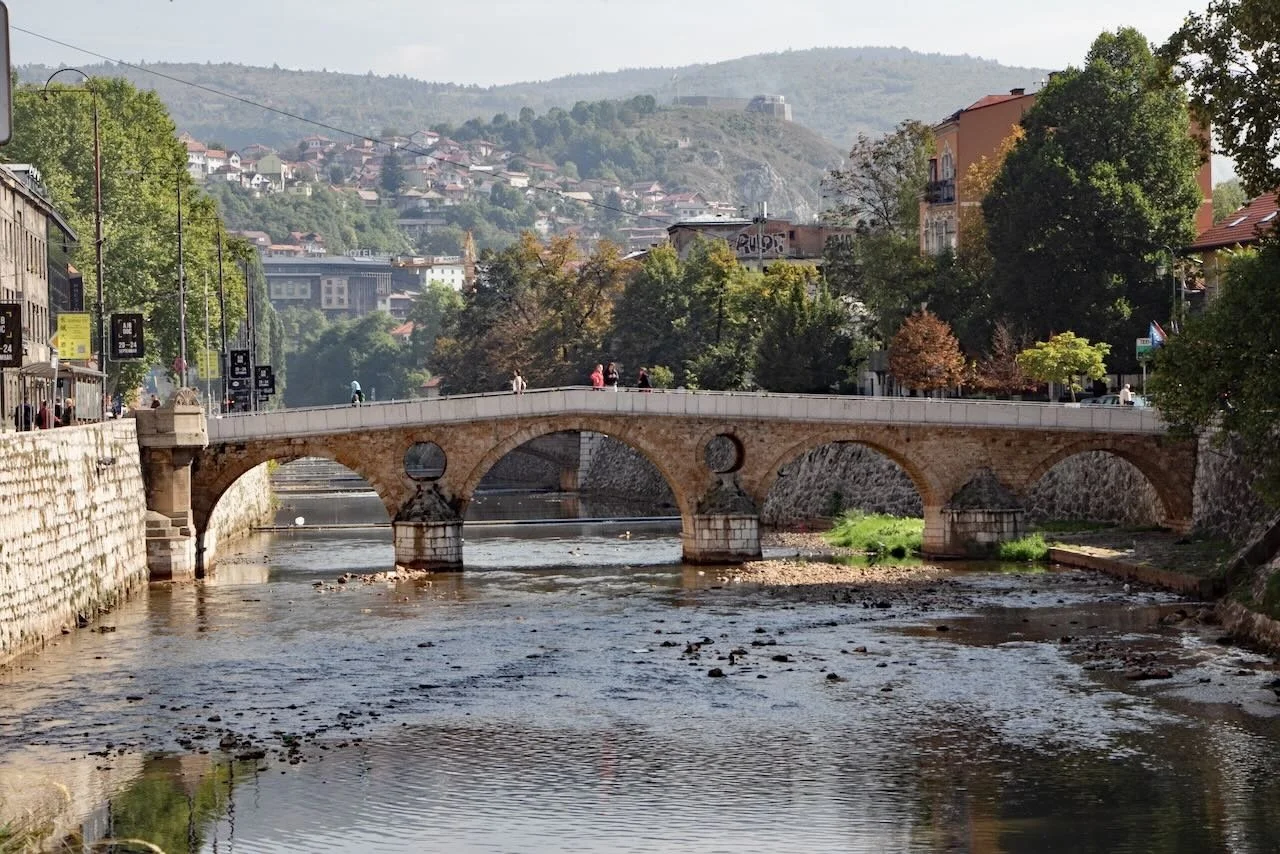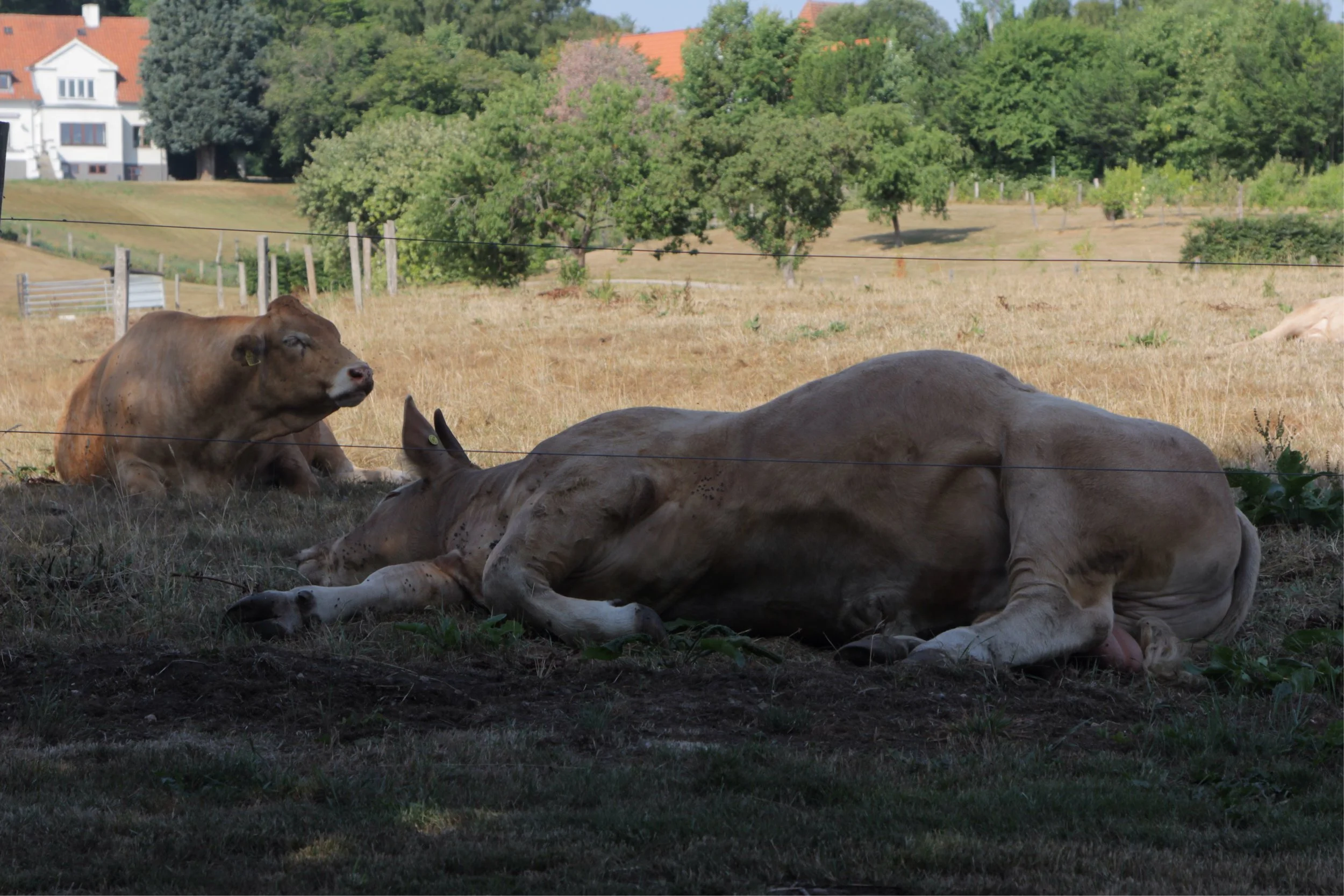Sarajevo: is this "dark tourism"?
Sarajevo. For some the city is associated with the assassination of Archduke Franz Ferdinand of Austria on June 28, 1914, triggering the First World War. For others, with the 1984 Winter Olympic Games. But for many it evokes the longest siege in modern history, one imposed on this ancient Ottoman/Austro-Hungarian city by Serb nationalists from April 1992 to February 1996. But as a holiday destination? Not really.
So, having written much about the siege as a desk editor for AFP but never having been there, I was prompt to take up the surprise invitation by a friend to spend a long weekend there in September 2019.
My first surprise was the number of tourists. Young Sarajevans have clearly understood why visitors come: traces of the siege. Is this “dark tourism”? Perhaps, but it’s also a healthy reminder that this kind of horror took place just 529 km from Rome and 509 km from Vienna.
Normally, I avoid joining organised tours, but in Sarajevo I found it essential: it not only improved my scant knowledge of the city’s earlier history, but was also the opportunity to chat to the youngsters who work as part-time guides and gain a bit of insight into their daily life. It was a history student, for example, who led the tour through the “Tunnel of Hope”Butmi dug by hand by 300 Bosnians under the airport runway in 1993 to connect the neighborhoods of Butmir and Dobrinja, on either side of the Serbian siege lines.
The tunnel museum is located on the Butmir side in a house which belonged to the Kolar family. This allowed the Bosnians to hide the entrance to their cellar. For the time being only about 20m of the hand-dug tunnel is open to the public but it’s enough to give you an inkling of what is was like ferrying between 3,000 to 4,000 people and 30 tonnes of goods every day through this low (only 1m60 high), narrow (less than one metre) excavation, wearing a mask because there was no ventilation and sometimes wading through waist-deep water; the remaining 780m will be restored... one day.
The tools used to build the tunnel are exhibited in the small museum which also projects very moving films made during the war which taught me that without this tunnel the city of Sarajevo would have had to capitulate.
The scars of the siege are still very visible in the city despite extensive reconstruction but it’s taking a long time. The beloved city hall and library, known as Vijecnica, which was destroyed by Serbian bombing in August 1992 destroying almost two million books including many rare volumes, only reopened in May 2014, the centenary of the beginning of World War One triggered by the assassination of Archduke Franz Ferdinand I just after he left a reception there.
The cable car built in 1959 to connect the city centre to Mount Trebević (1,627m) which dominates the southern flanks of the city, was reopened in April 2018 with 33 brand new cabins. It was from this vantage point that Serbian artillery rained shells down onto the city. Even on a weekday, the lawns are dotted with people who come to bask in the sun and enjoy the extraordinary view. You can even walk along the concrete bobsleigh track, abandoned since the 1984 Olympics, and admire the colourful graffiti that decorates it.
In the old Ottoman town of Bašcaršij, on the right (north) bank of the Miljacka River, tourists converge around stalls all selling the same thing: silver filigree jewellery, small copper coffee pots and other souvenirs... probably made in China! But you just have to cross one of the bridges towards the left (south) bank, preferably the Pont Latin where there is a plaque marking the exact spot where the Archduke was assassinated by Gavrilo Princip, to find yourself alone.
This is where the brewery of Sarajevo is, recognizable by its large brick chimney. Before my trip I had read the “The Cellist of Sarajevo” a novel by Canadian author Steven Galloway. His descriptions of the city are so detailed that I was able to lead my friend to places although this was my first visit and it was her third or fourth! In particular I wanted to see this brewery that looms large in the novel. During the siege it was the only place where residents could obtain drinking water as it is built over a spring. Although badly damaged, it continued to produce Sarajevska Pivara beer during the conflict even though production was only 3% of its pre-war capacity. It still produces beer today but in addition there is a small museum which explains its role during the war.
Back on the north bank of the Miljacka River, among the cafés that flourish along the pedestrian streets, the municipality has marked a line on the pavement to show the separation between the old Ottoman and Austro-Hungarian cities. The line is not really necessary as I found the architectural difference so obvious! Even though Sarajevo only remained part of the Austro-Hungarian Empire for 40 years, many more buildings were constructed during this short period than during the previous 400 years under the Ottoman Empire!
Among the minarets and bell towers of the Catholic and Orthodox churches there is a very particular tower: square, 30m high, it indicates the time in Arabic calligraphy on its four facades but never seems to be on time! In fact, this is the world’s last lunar clock! As the sun sets in Sarajevo it says 12 o’clock. But because the time of sunset changes a little every day, the clock must be adjusted once a week, a task assigned to Mensur Zlatar since 1967.
I find it symbolic of this city which adjusts and adapts to each era and which is writing a new page in its history.























